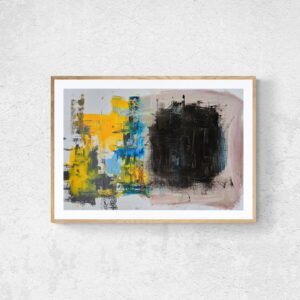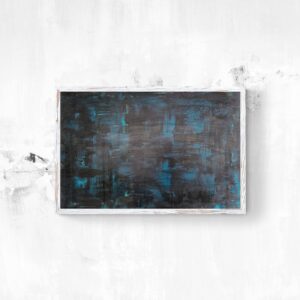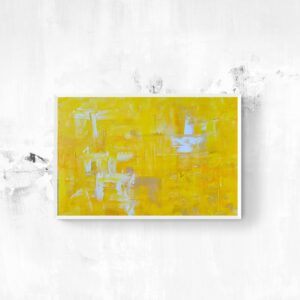

A quick perusal of the headlines these days is enough for one to conclude that dictators don’t die but multiply, and that history doesn’t repeat itself — it vomits in its own mouth.
The year is 1939. It’s a balmy August night, lit by a big, yellow moon. Two fishermen in a boat are earning their keep out there off the shore of Antibes in southern France. One of them aims at a large, curmudgeonly fish with a pitchfork, the other tries his luck with a fishing line. A cautious crab keeps a safe distance. Gas lamps reflect on the water’s surface and flicker into the air. A girl on a bike observes the whole scene from a high dock while licking an ice cream. She’s there with a friend, it seems.
Luxurious Monaco is less than an hour away by car. Beachy Nice is even closer. Everything looks fine and lovely. But beneath these calm waters swirl malignant tides that portend the onset of a Second, much deadlier World War just a few weeks away.
This scene in Pablo Picasso’s “Night Fishing at Antibes” stopped me in my tracks during a visit to the Museum of Modern Art (MoMA) on a hot Saturday afternoon in New York City.
Currently hung on a wall at a busy intersection connecting two escalators on the museum’s fifth floor, it’s nearly impossible to have a private moment with this Cubist masterpiece, much less heed its alarm that we’re never really too far away from a third, infinitely more horrific World War, probably powered by AI.

This sprawling piece (6.75 by 11.3 feet, or two by 3.5 meters) was acquired for MoMA in 1952 by Olga Hirsh Guggenheim, wife of industrialist-philanthropist Simon Guggenheim, brother of Solomon R. Guggenheim, who started his own eponymous museum on Manhattan’s Fifth Avenue. The Guggenheims made their fortune from building a global mining and smelting empire, which reached its peak during the First World War. They, among others, have been accused of war profiteering by gouging the price of copper, which was essential for the arms industry. Many in the family have abandoned the mining industry since then. Now we recognize them more as great patrons of the arts, just as we do many contemporary MoMA donors and board members accused of extractivism and profiting off the military-industrial complex.
And isn’t it an interesting coincidence that 1939, the year Picasso made “Night Fishing at Antibes,” is also the year he loaned “Guernica” (1937), his most famous anti-war painting, to MoMA for safekeeping after the outbreak of the war in Europe? Such is history, a turning wheel of irony. The people collecting and safeguarding the anti-war art are often the same ones selling the bombs.

PING! As I stood blocking escalator traffic while contemplating these entanglements, a notification on my phone screen announced that the United States, 80 years after the atomic end of World War II, had positioned nuclear submarines close to Russia.
Outside the museum, an August sun flagellated the asphalt roads, concrete pavements, and skyscrapers of Midtown Manhattan. It was a vengeful, punishing sun. A jingoistic sun that wants you to go the hell back to where you came from. Nevertheless, the streets teemed with people shopping, sightseeing, and licking ice cream — just going about their normal business. Every one of them looked like a Picasso fisherman to me.





